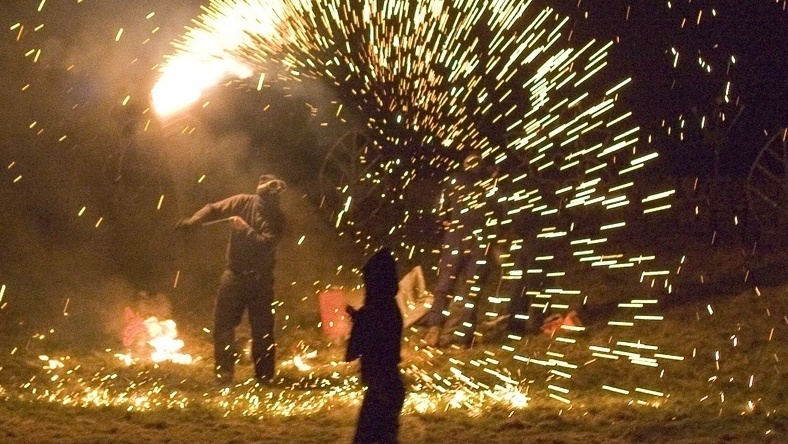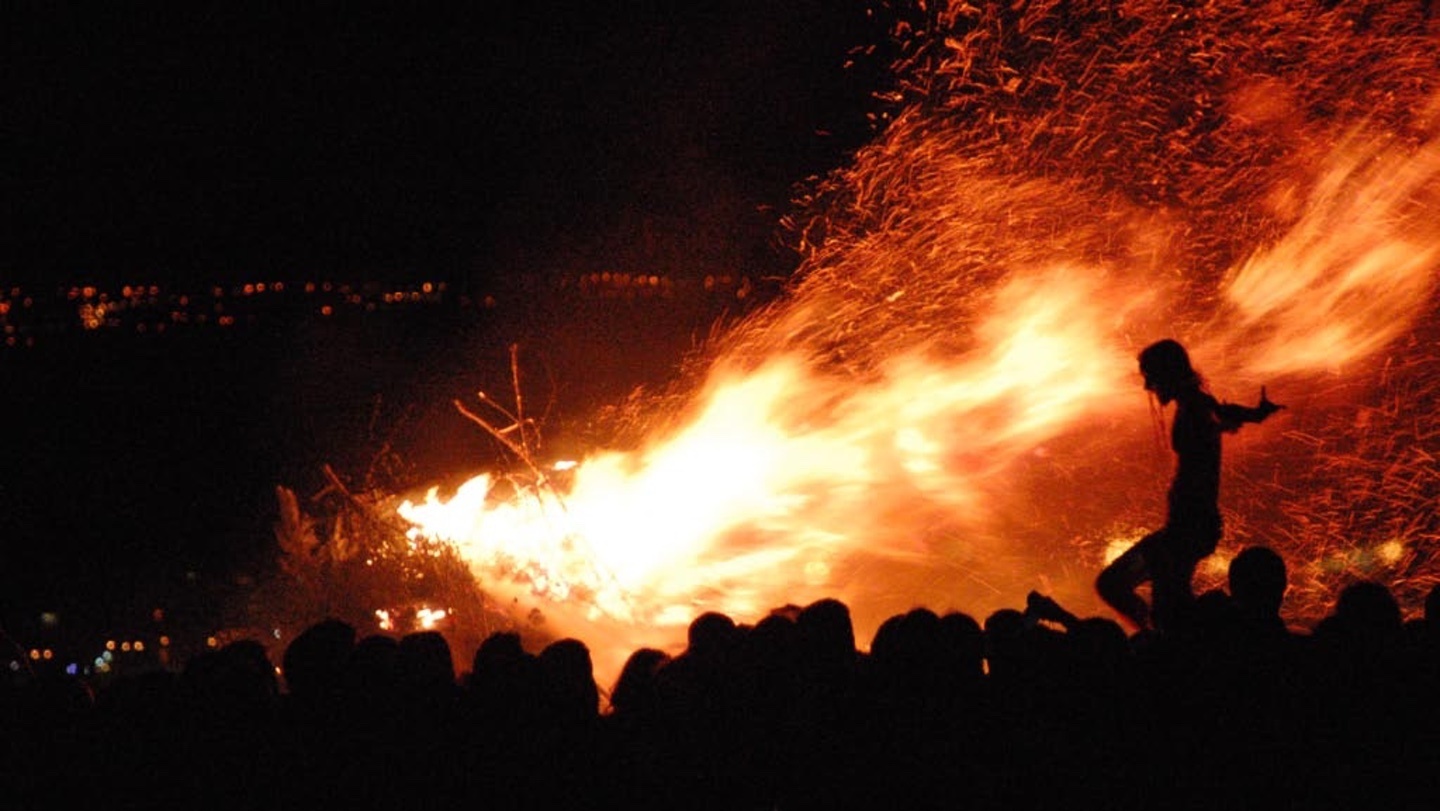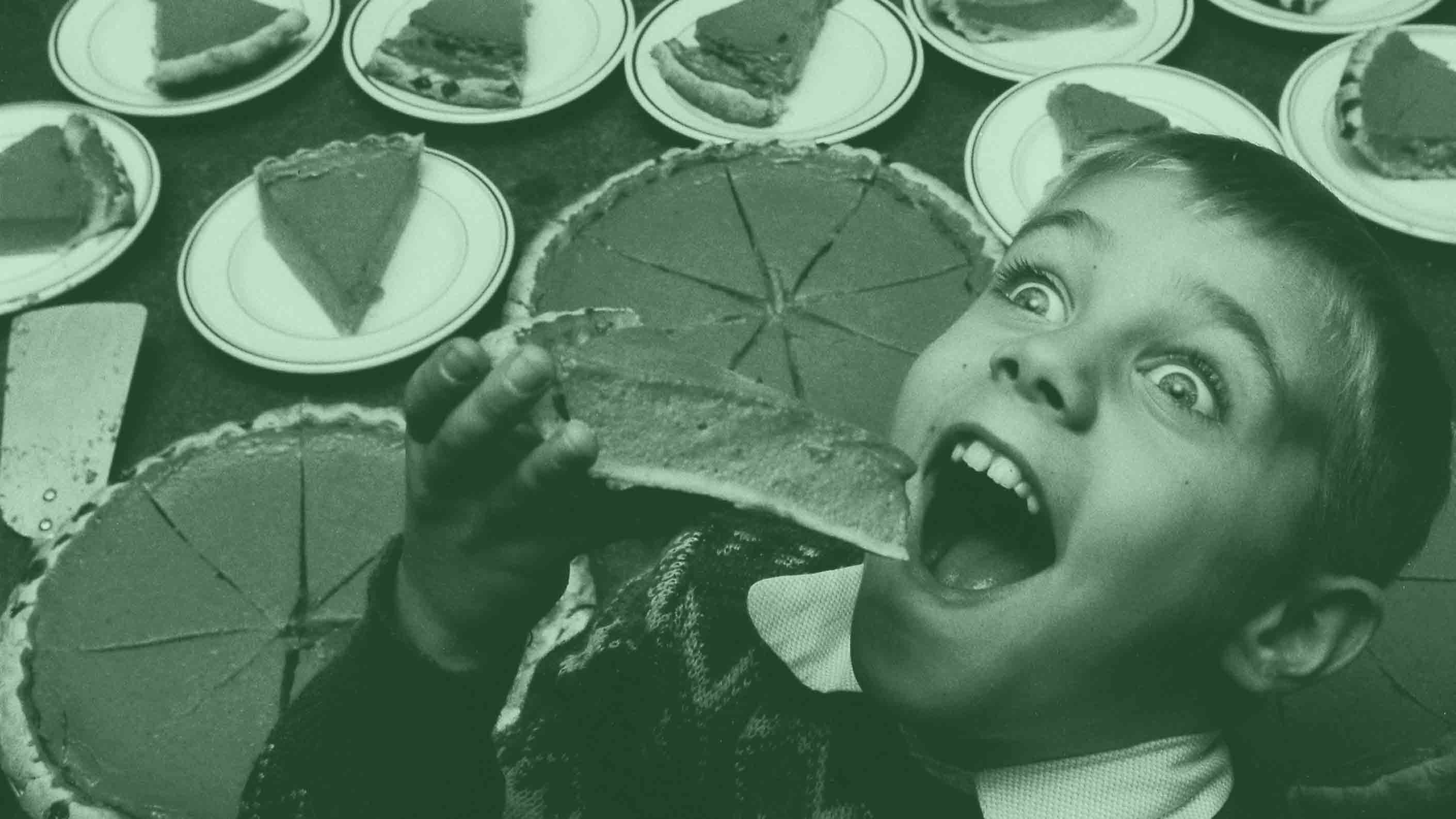christmas
Have we turned the corner of a cold winter?
Some things have always been worth celebrating.
New psychology research suggests people get more lasting joy from giving gifts.
This holiday season, ask the questions you don’t know the answer to.
▸
4 min
—
with
There are many strange instances of marketing and holiday traditions coming together. Let’s be more alert in 2017.
Two things really ruin the holiday season: bon bon jokes and egocentrism. This study helps take the latter out of the gift-giving equation.
A recent study sheds light on why we get “food coma” and what foods to avoid.






